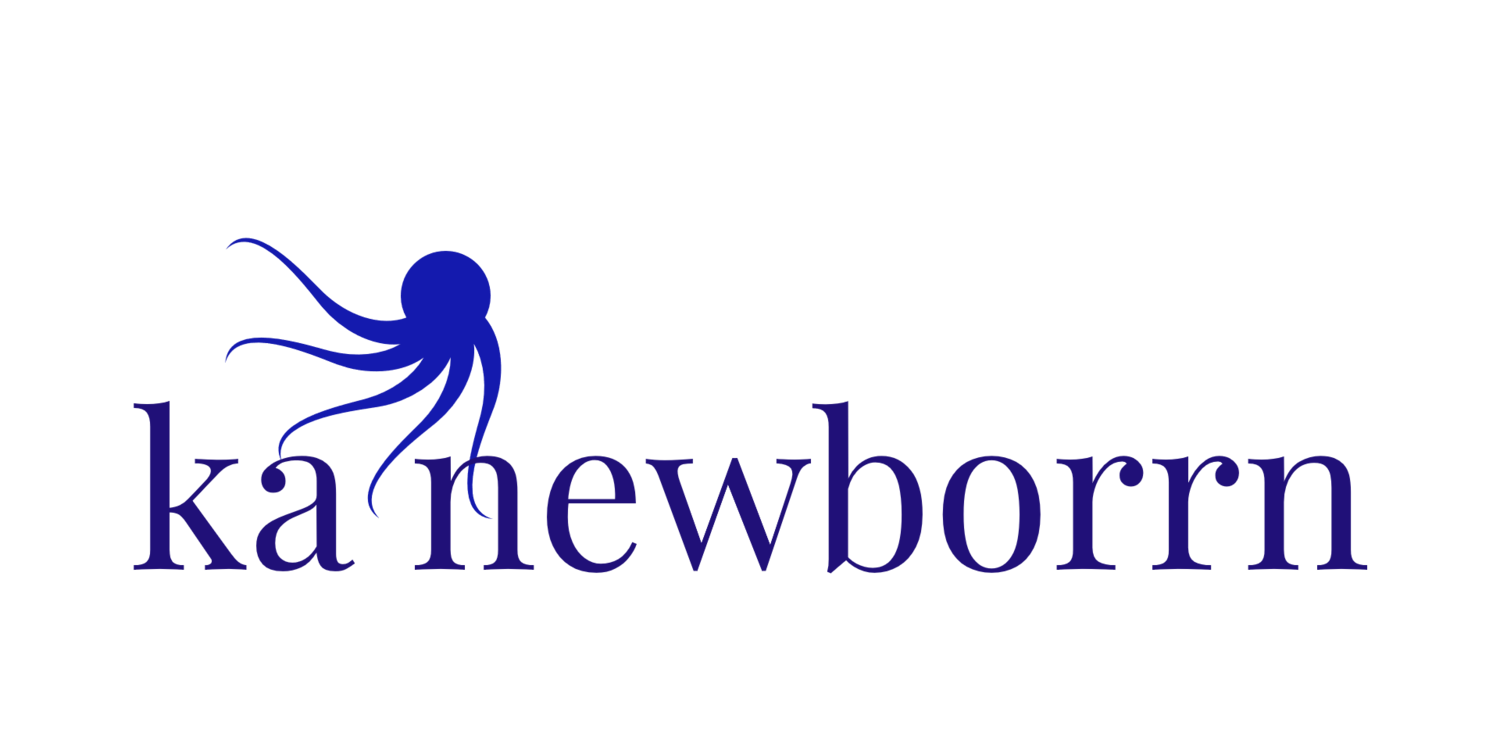CHITOSAN
“Who, me? I’m just sitting here shellin'."
Chitosan is a bit of a wallflower, so this is the response you'll likely get if you spot it at a party and approach in salutation. Not to worry, though. A touch of genius lurks behind its social awkwardness and self-effacing humor.
photo courtesy of pexels.com
COMPOSITION — Chitosan is made from the ground up, discarded waste shells of crustaceans and sold in capsule or bulk powder form. It is most commonly marketed as a weight loss supplement. It comes with a bit of baggage, but then again, don’t we all? Despite its challenges, I believe it has the potential to stake a future claim among the unsung heroes of the medical, pharmaceutical, and personal care industries.
CHALLENGES — Chitosan is a headstrong and independent substance that neither breaks down easily nor plays well with others. It can be solubilized with laboratory access and a solution of acetic acid.
I've had partial success with using a mortar and pestle to further grind the powder, adding baking powder or tartaric acid, folding the mixture into a glass saucepan containing a bit of water, slowly heating the mixture on the stove while stirring consistently, and giving the mixture a final once-over with a stick blender.
The process didn't yield a perfectly smooth result but the overall uniformity and aesthetic quality was vastly improved. I've also simply emptied the contents of a capsule into a bit of water and mashed it with a spoon in all of its lumpy, globular glory: a hideous sight to behold but useable just the same.
ORAL HYGIENE — I’m obsessed with the feeling of glassy smooth teeth and approach routine dental checkups with a fervor generally reserved for black tie events. I leave my ball gown at home, but I enjoy engaging my dentist in a spirited, (mostly) civil challenge aimed at finding plaque on my teeth. I like it when he tells me, “Your teeth are so pristine, I really don’t have anything to clean.”
I brush, irrigate, and floss (both out of nervousness and for entertainment purposes) regularly. I also experiment with ingredients to augment my cleansing game. Chitosan is an integral part of the following periodic adjunct to routine brushing and flossing:
Swish your mouth out with oil (aka “oil pulling”). This loosens adhering food buildup on teeth. I generally use coconut or grapeseed. Sometimes I add a touch of castor oil and essential oils of peppermint, cinnamon, or myrrh.
Mix bentonite clay with a small amount of apple cider and make a paste. Brush your teeth with the paste and floss while the mixture is in your mouth. I use the vinegar as a reactive agent for the clay; it does not harm my teeth. Plaque rinses away easily and the enamel of my teeth is left feeling slippery slick.
Brush with toothpaste to polish the teeth. I use fluoride-free toothpaste because it makes the water feel “softer” and removes plaque more effectively in my experience. Using fluoride-free toothpaste is my own personal preference and not a attack against the use of fluoride; should you decide to adopt this routine for your personal use, joyfully use what you will in good health.
Empty approximately ¼ of the contents of a chitosan capsule onto your toothbrush or directly into your mouth. Add a bit of water, brush and spit. This will “seal” in the slippery, deep-clean feel.
MEDICAL & PHARMACEUTICAL USES — Chitosan polymeric properties are useful in pharmaceutical, wound and skin care. Multiple research studies document its use in oral and transdermal drug delivery, and in caring for burns and wounds.
SKIN CARE — Chitosan creates a "film" that supports the structure of the skin and makes it feel firmer. It works well as a final step to seal in the actives in serums and moisturizers.
HAIR CARE — When added to conditioner, chitosan effectively fills in the hair shaft and binds in moisture.
*bonus* BEER AND WINE — Chitosan is used as a clarifying agent when making beer and wine.

